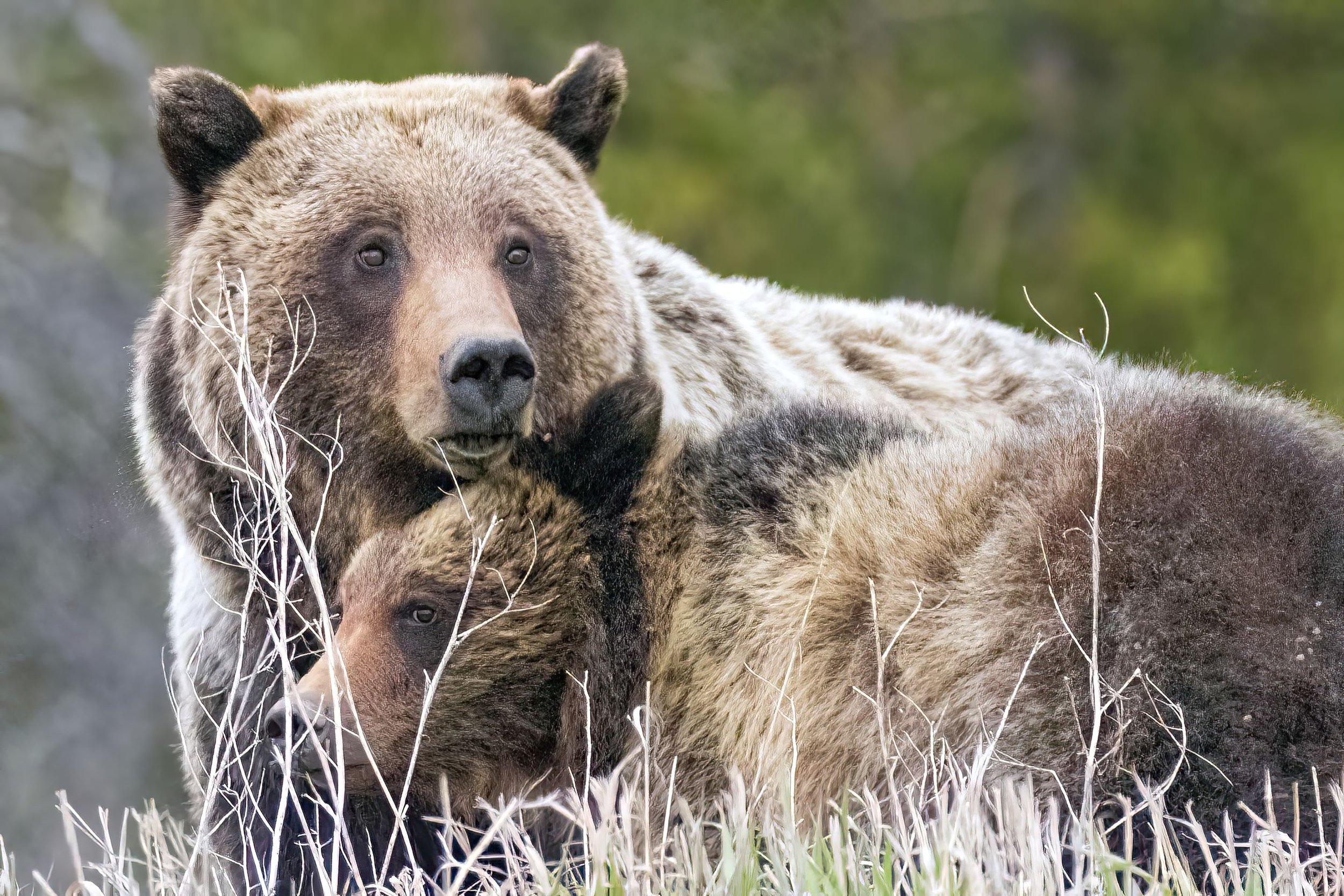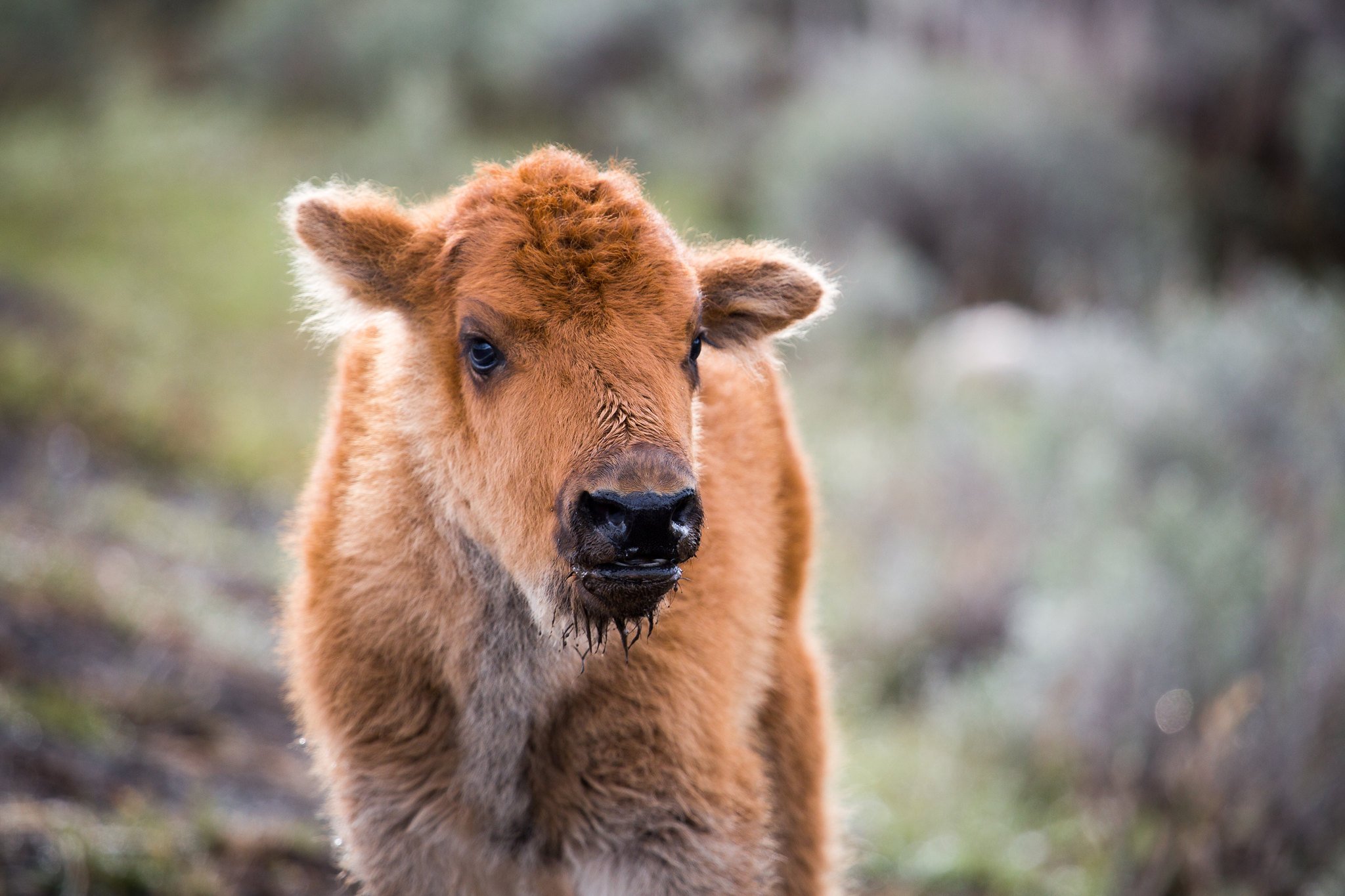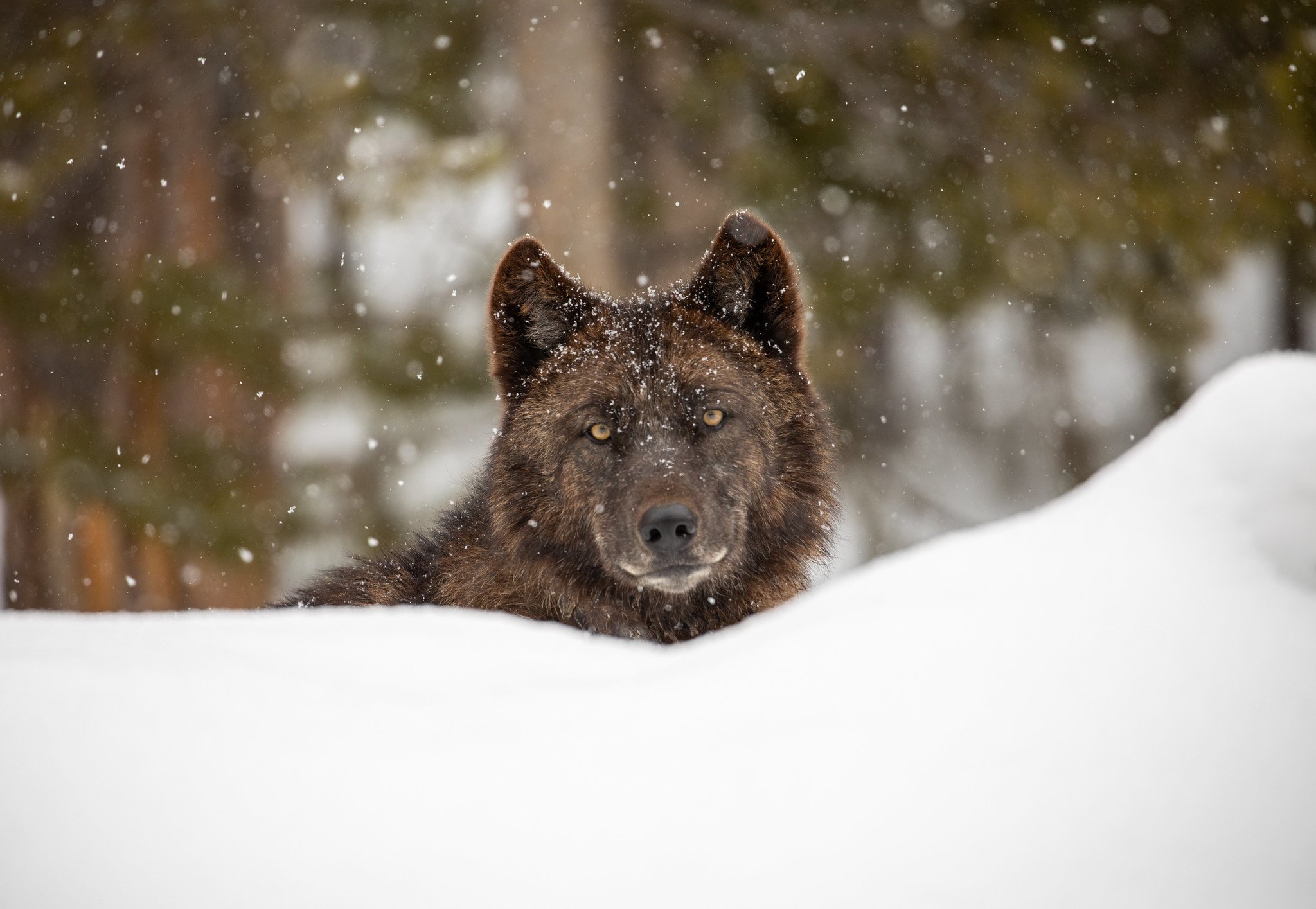
Protecting Iconic Species
As one of the few remaining places on earth still home to all its native wildlife, the Greater Yellowstone Ecosystem presents a rare opportunity to view, study, and enjoy a vast array of iconic species.
Grizzly bears, bison, wolves, pronghorn, and several species of native trout are among the animals that inhabit the ecosystem. To share a landscape with these animals is both a privilege and a challenge.
The wildlife that call Greater Yellowstone home are under persistent threat from human impacts. Roads cut through migration routes and bisect habitat, trails proliferate and bring recreators deeper into wild spaces, and subdivisions spring up on what was once open land. Wildlife need wild places in order to survive; without high-quality, connected habitat, animals struggle to meet their needs, increasingly come into conflict with people, and find themselves on the wrong side of archaic management practices and policies.
The Greater Yellowstone Coalition is committed to ensuring the ecosystem’s exemplary wildlife have access to high-quality habitat and the freedom to move across the landscape. While human activities are at the core of what puts Yellowstone’s wildlife at risk, protecting the region’s iconic wildlife cannot happen without the people who live and work on the landscape. From engaging with planning processes that impact wildlife, to building partnerships with folks on the frontlines of conflict, to implementing on-the-ground projects that benefit people and animals alike, protecting the ecosystem's iconic species is one of the pillars of our work.







